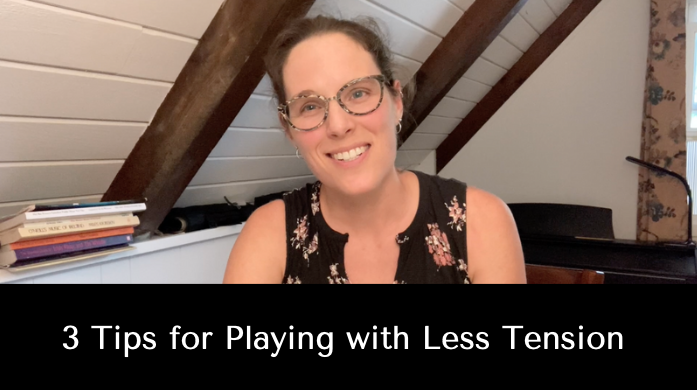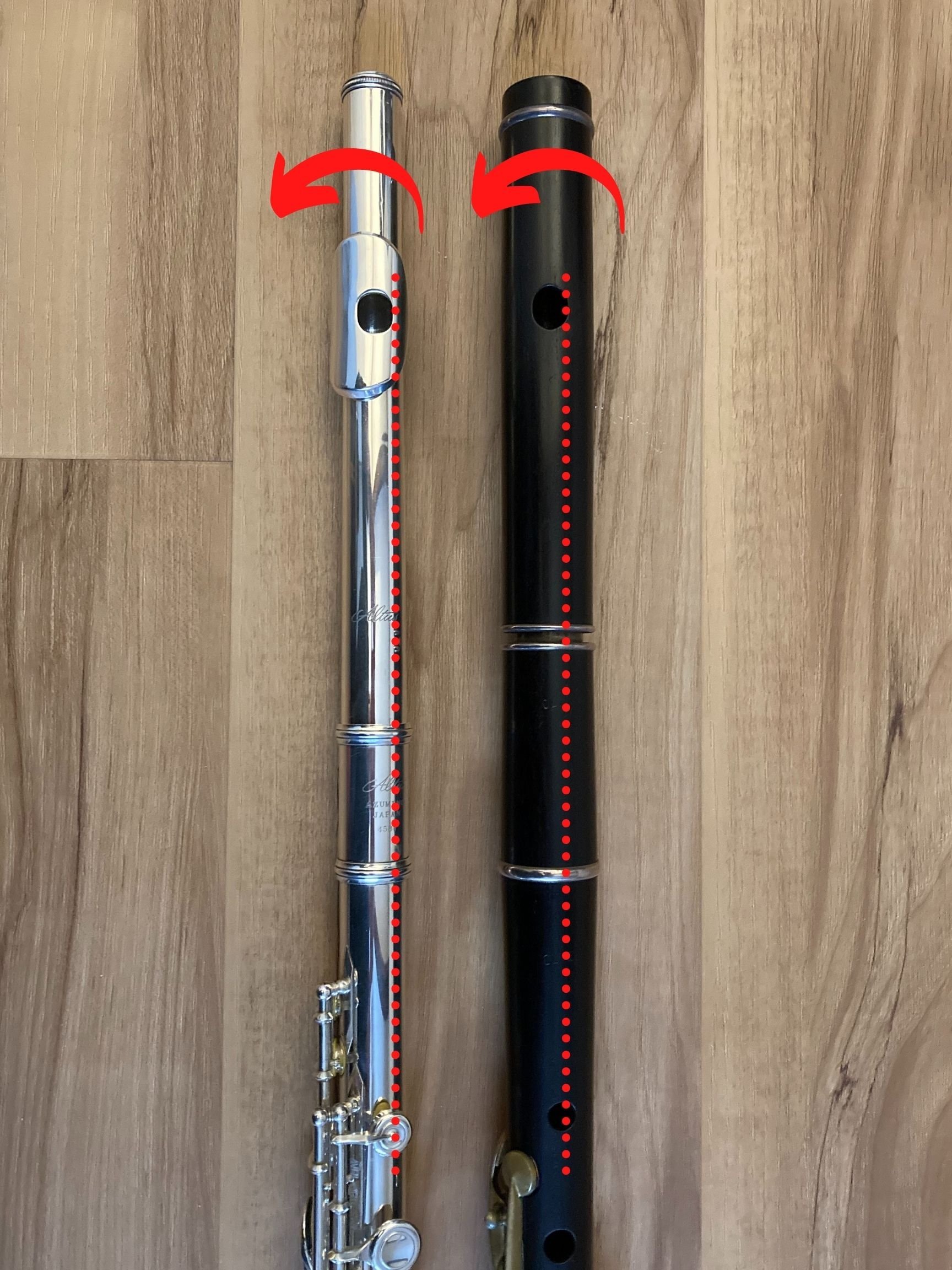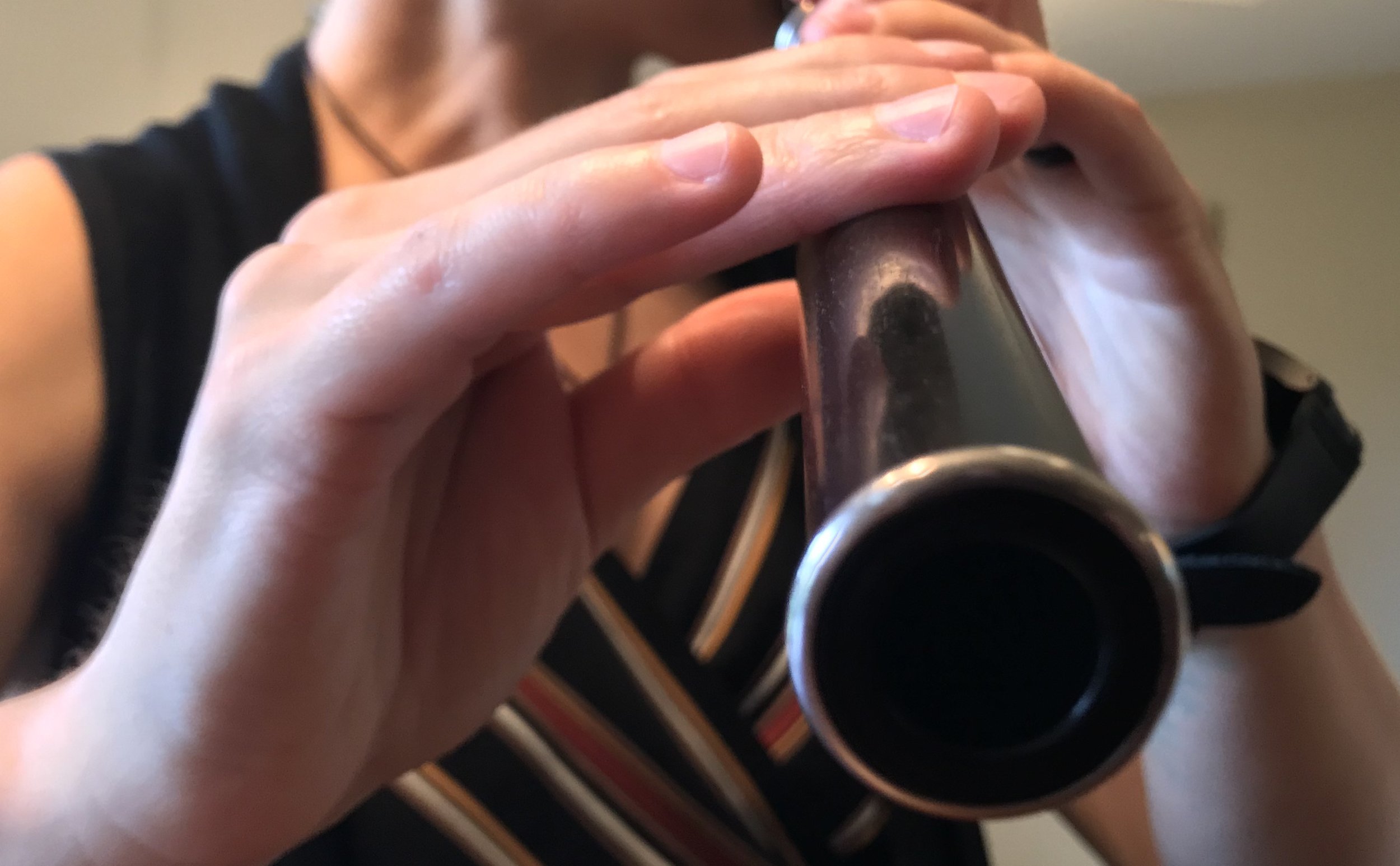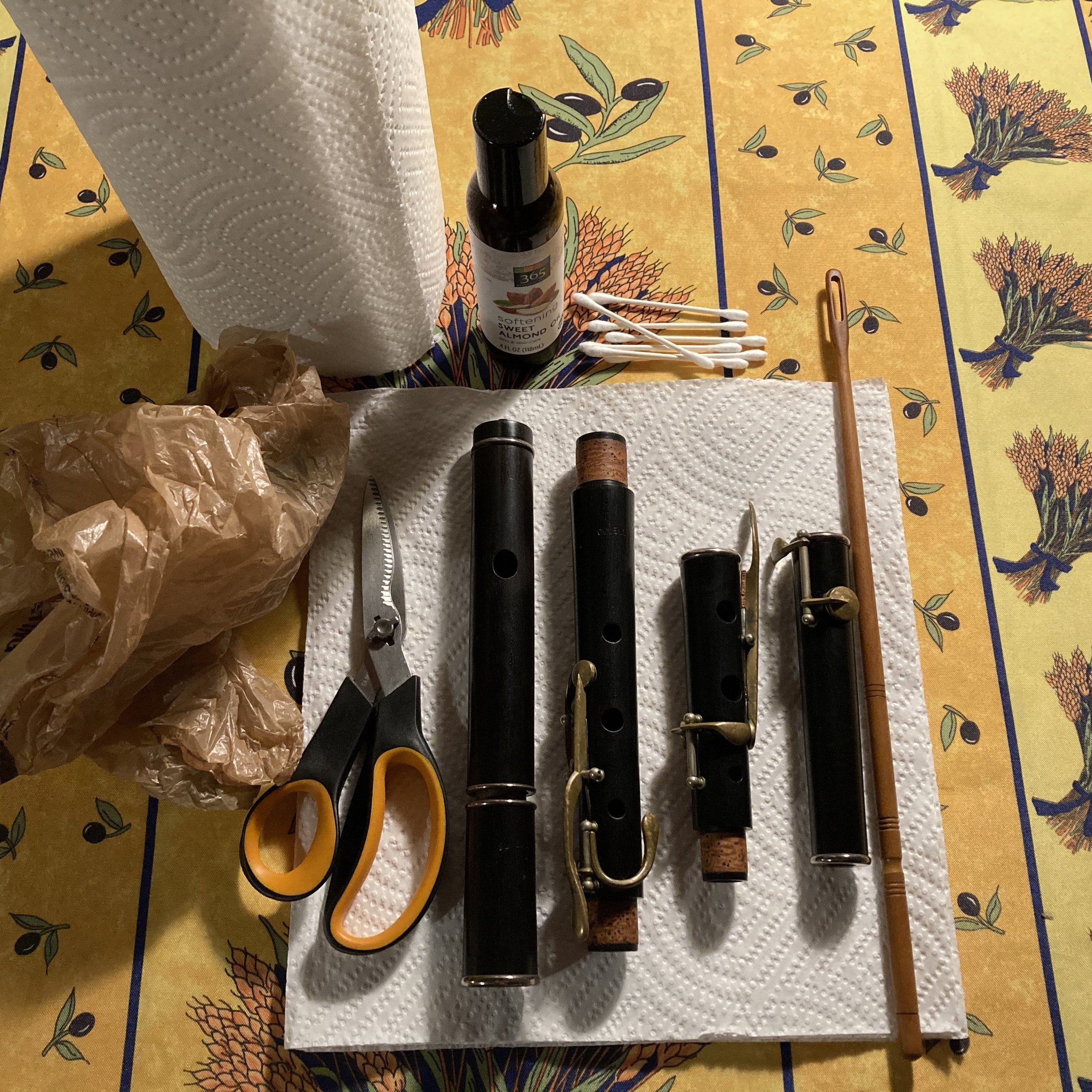Finger vibrato is one of my all time favorite techniques. It can be used to great effect in both slow and faster tunes. I walk you through how to play finger vibrato in this video.
How do you play Irish flute with less tension—and in the process unlock better tone quality, intonation, breathing, and enjoyment? I'll answer those questions here!
ABC notation in Irish traditional music is a shorthand that uses letters A through G of the alphabet rather than placing note heads in a five-line musical staff. Since it is often found in Irish traditional music lessons, workshops, and even online forums, it's a good thing to learn how to read. In my case, I first encountered ABC notation at a workshop with flutist Kevin Crawford and I've used it ever since.
How do you change octaves and make jumps within Irish tunes—without cracking the sound, losing tone quality, or missing notes? I have three tips for playing with great tone quality, even as you're changing octaves and jumping around.
How do you get an Irish flute in tune? What are pitch tendencies? And why would playing with drones be helpful? I'll answer those questions here!
Some of you may have caught my recent article, “3 Tips for Playing Low D on the Irish Flute.” For those who may also find a video walk-through helpful, I recorded a mini-lesson about those 3 low D tips.
Finding the ideal placement for a flute headjoint has important ramifications for intonation and tone quality—and as a result, for ease and enjoyment of playing as well. Positioning of headjoints can often be a matter of personal preference, depending not only on the flute, but on the shape of a player's mouth and the tone quality they wish to achieve. Here are some ideas with which to get started.
One of the questions I am asked most often is how to play that powerful, gritty, dark low D that is so emblematic of Irish traditional flute playing. This is an excellent question, as low D is both the pride and joy of many flute players while also remaining an elusive and tricky beast. In my experience as both teacher and player, three tips in particular can help Irish flutists achieve a great low D.
Oiling a wooden Irish flute is an important part of the instrument's care and upkeep. Wood can swell or shrink depending on varying levels of heat and humidity, and oiling a flute keeps the wood pliable and more able to weather any changes in climate. Well-oiled flutes also react better to the heat and humidity introduced by our breath when they are played. They sound richer, more resonant, and are more responsive.
Subscribe and receive Irish flute tips and blog posts by email!









I’m often asked about the differences between my two flutes, particularly after concerts when audience members have seen the two side by side on stage. One is a Boehm flute and the other is a simple system flute. There are three primary ways in which these flutes are different, and each difference will affect your approach to the instrument.